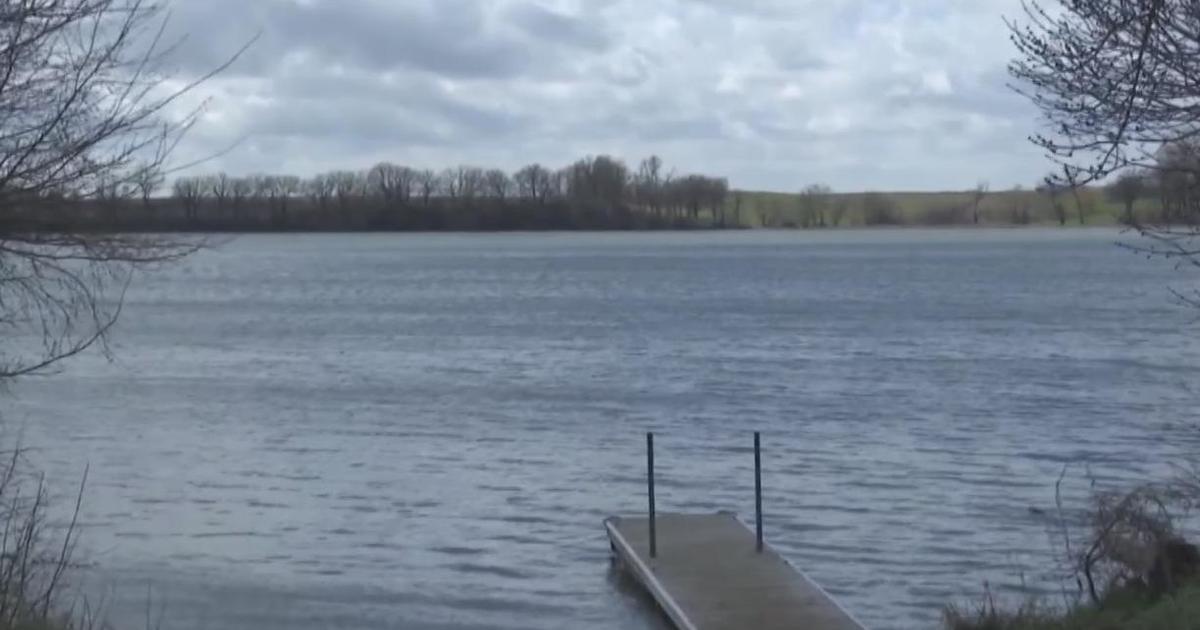Ancient Water Discovery In Depths Of Iron Range Mine
SOUDAN, Minn. (WCCO) -- Scientists in Minnesota have discovered a place like nowhere else on earth right here in Minnesota. It's in the water found at the bottom of the Soudan Mine on the Iron Range. Where the water comes from is still a mystery, but it could possibly be from an ancient sea -- a sea that existed before there was life on Earth.
Deep underground, the water dripping from the walls of an old mine is like nothing else on Earth. It got scientists thinking, and then studying. And what they've seen so far leads them to believe this is a major discovery.
"It's also a journey back in time," said Robert Elde, Dean of the University of Minnesota's College of Biological Sciences. "A journey back maybe as old as the rock itself found deep in that mine 2.7 billion years old."
That's right, 2.7 billion years ago; geologists say the rock of the Iron Range first emerged. It makes northern Minnesota the oldest part of the entire North American continent and perhaps the oldest on Earth.
"They know that the rock is very ancient," said Elde. "They know that it arose out of an ancient brine sea. They've been suspecting that the water that's being pressured out from even deeper is ancient water."
A rickety old elevator in northern Minnesota goes deep into the Earth, landing 1/2-mile down on the 27th level of the old Soudan Mine. And a team of scientists wade through 1/2-foot of rusty water and absolute darkness. They're here to gather a few samples of this "ancient water."
"So there's some geological mysteries and then there's some biological mysteries as well," said Jeff Gralnick, a microbiologist at the University of Minnesota.
He's here to study the smallest forms of life -- microbes that are invisible to the naked eye -- and exist without oxygen.
"Ah, this is awesome," said Gralnick. "It's life in an extreme environment. It's potentially a window into ancient history, which is pretty cool. And there are microbes here doing things that people haven't really studied before."
The ancient water is seeping from holes that were drilled long ago by miners. And it is very salty. In fact, some of the water bubbling out has three times the amount of salt as ocean water.
These exploratory bores once offered samples of rock to help find the richest areas to mine. Now they provide a drop of hope for the future.
"Our preliminary results suggest that they're making a lot of biologically active compounds," said Christine Salomon, who works in a lab at the University of Minnesota that designs new drugs.
"Ideally we'd like to find new compounds that could inhibit bacteria, particularly those that are resistant," said Salomon. "And a cure for cancer maybe."
When geologist Calvin Alexander saw a formation under a stream of water in the mine, it reminded him of photos he'd seen.
"This may very well be a model or an analog of the conditions we see on Mars," said Alexander.
So the research underway is important for many reasons. It may just help us to understand our place in the universe.
"Because if there is life on other planets and other solar systems, it's not likely to be life that resembles us," said Elde. "It's much more likely to be life that resembles these most primitive forms of life on this planet."
The only other place they've discovered something similar to this ancient water is in very, very deep gorges in the ocean floor. That water is more difficult to get to and study when you consider in Minnesota, it's just a short elevator ride.
Joan Gilbertson, Producer
Contact Joan



